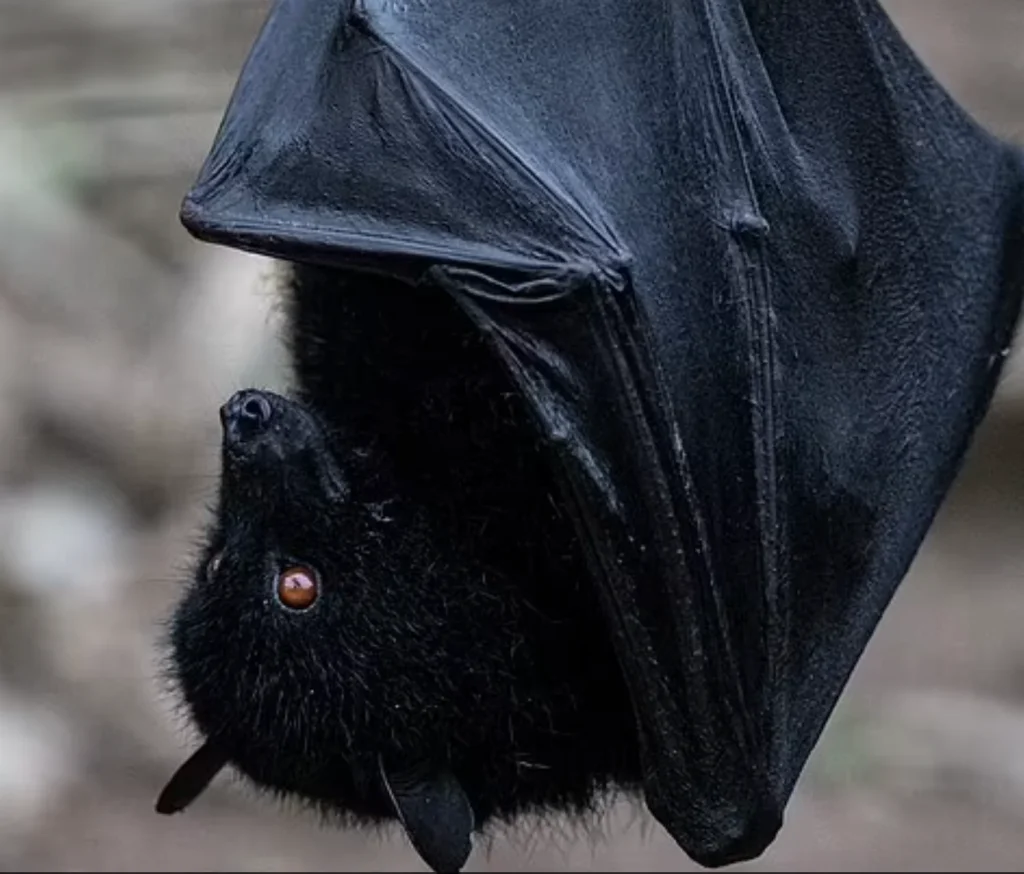A mysterious new virus has been detected in China, raising fresh concerns among scientists and public health officials.
The discovery has led to renewed discussions about the continuous emergence of zoonotic diseases and their potential global impact.
Chinese researchers have been closely monitoring bat populations, as they have long been considered reservoirs for coronaviruses.
Recent studies have shown that certain viruses found in these animals have the ability to jump to humans, sometimes leading to deadly outbreaks.
Leading the latest research is Dr. Shi Zhengli, a prominent virologist often referred to as “Batwoman” due to her extensive work on bat-derived viruses.
She, along with her team at the Guangzhou Laboratory, Wuhan University, and the Wuhan Institute of Virology, has been analyzing a newly discovered pathogen.

The findings were published in the respected scientific journal Cell on February 21, 2025, drawing international attention.
The new virus, named HKU5-CoV-2, belongs to the Merbecovirus family, which includes the deadly Middle East Respiratory Syndrome (MERS-CoV).
MERS-CoV, which emerged in 2012, had a fatality rate of nearly 35%, making it one of the deadliest coronaviruses ever recorded.
HKU5-CoV-2 was initially found in Japanese pipistrelle bats, a species commonly found in Hong Kong and surrounding regions.

Researchers have confirmed that this virus can infect human cells, a critical step that suggests potential transmission to humans.
In laboratory experiments, HKU5-CoV-2 successfully bound to human ACE2 receptors, the same mechanism used by SARS-CoV-2, the virus that caused COVID-19.
“The virus efficiently uses human ACE2 and underscores its potential zoonotic risk,” the researchers wrote in their findings.
The study further revealed that HKU5-CoV-2 was capable of infecting human lung and intestinal organoids, demonstrating its adaptability to human tissues.
However, scientists have stressed that its ability to infect humans is still significantly weaker than SARS-CoV-2, reducing its immediate pandemic potential.

Despite this, the discovery has sent ripples across the scientific community, emphasizing the need for constant vigilance.
Dr. Michael Osterholm, a leading epidemiologist, cautioned that while the virus is concerning, it does not pose an imminent global health crisis.
“The identification of HKU5-CoV-2 is scientifically significant, but at this stage, there is no evidence of widespread human transmission,” he stated.
Meanwhile, global markets reacted swiftly to the news, with vaccine manufacturers seeing a surge in stock prices.
Moderna’s shares rose by over 5%, while Pfizer and Novavax also experienced gains of 2.6% and 7.8%, respectively.
These fluctuations highlight investors’ concerns about the possibility of new vaccine developments if the virus proves to be a future threat.

Despite no confirmed cases in humans yet, the Wuhan Institute of Virology remains at the center of controversy, with renewed debates over lab safety.
The U.S. intelligence community, with low confidence, continues to investigate whether COVID-19 originated from a laboratory or through zoonotic spillover.
While past pandemics like SARS and MERS had documented transmission routes, scientists are still unsure how SARS-CoV-2 made the jump to humans.
The findings from this new study have raised similar questions, as researchers urge more surveillance on bat coronaviruses.
Though there is no immediate cause for panic, the emergence of HKU5-CoV-2 is a stark reminder of the ever-present threat of novel viruses.

Global health organizations continue to monitor the situation, emphasizing the importance of early detection and rapid response strategies.
For now, experts believe the risk to the general public remains low, but they stress that constant vigilance is necessary.
This discovery serves as a crucial warning that the next pandemic could already be lurking within nature, waiting for the right conditions to emerge.
Featured Image Credit: (CanvaPro)


